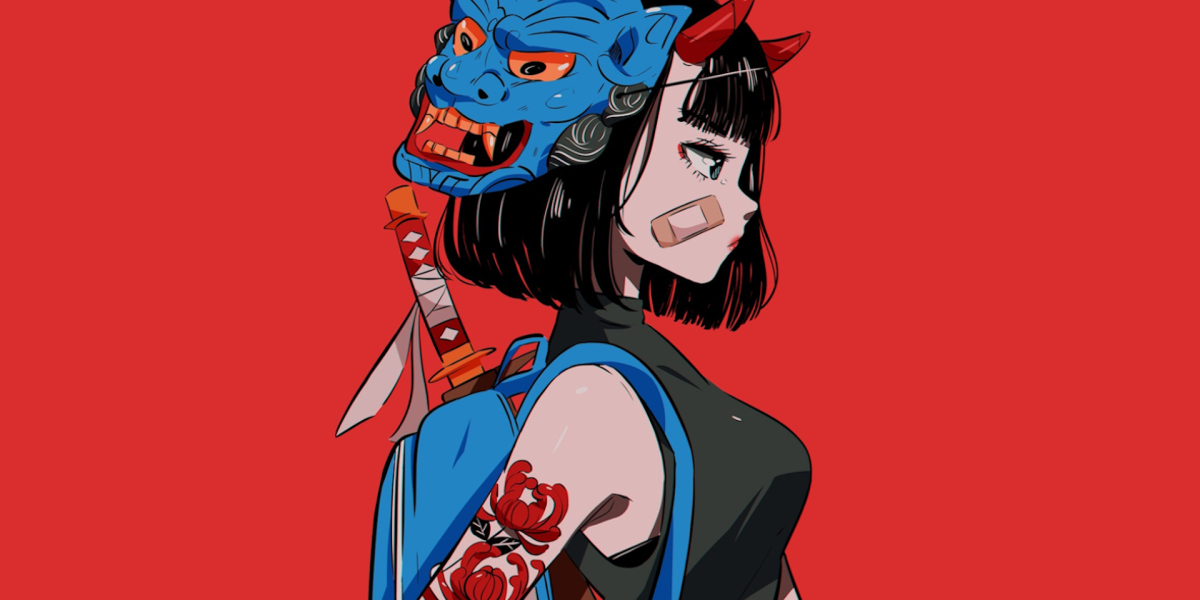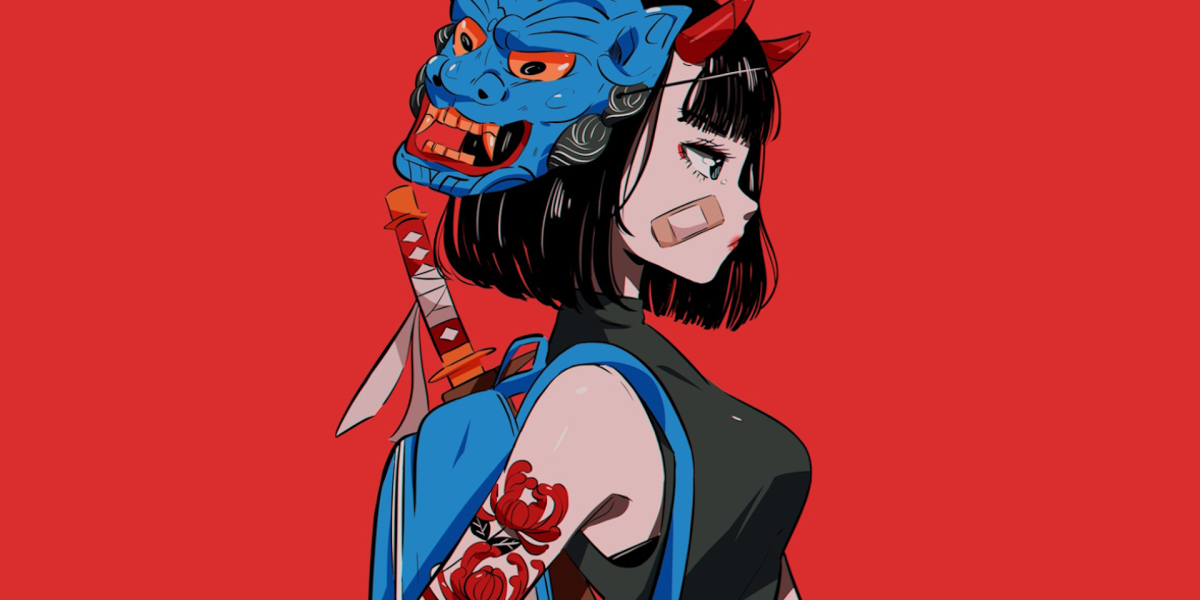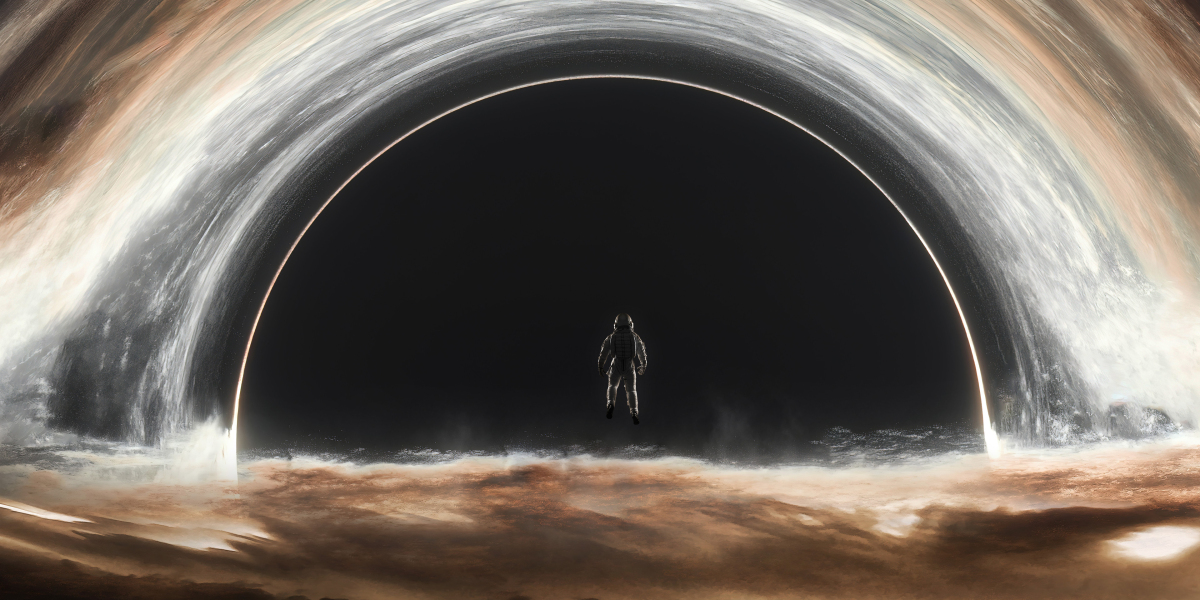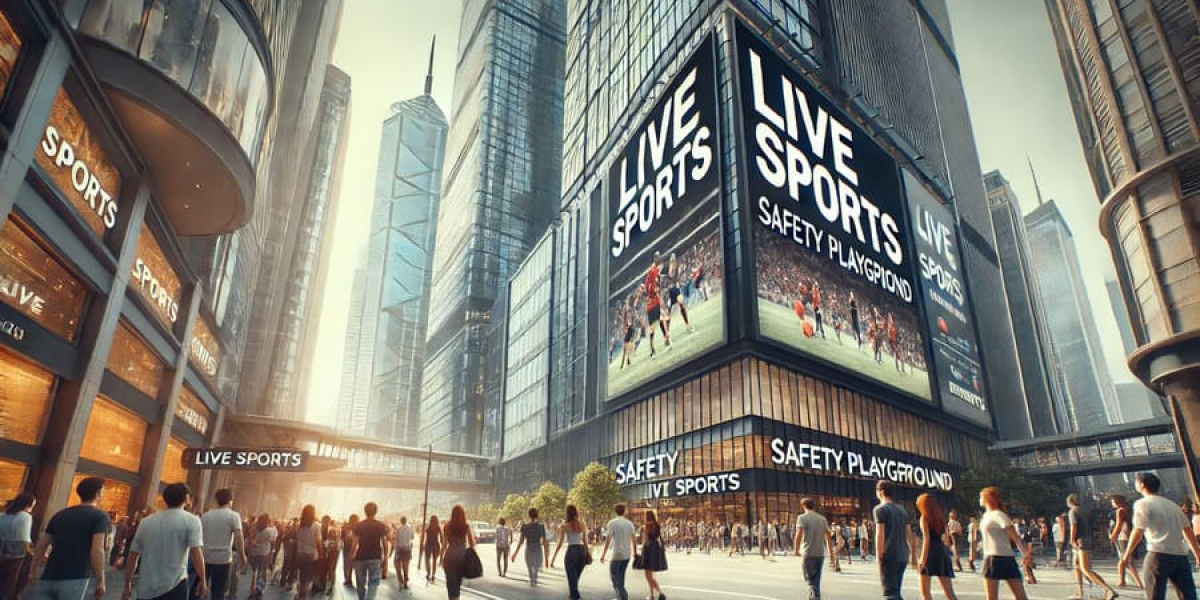Unlock the Secrets of Studio Lighting: Transform Your Photography Game!
Studio lighting is a crucial element in the world of photography, serving as the backbone of well-crafted images. Whether you're a budding photographer or an experienced pro, understanding how to manipulate light can significantly enhance your work. The right lighting can elevate the mood of a photograph, highlight your subject, and ultimately tell a compelling story. In this article, we’ll explore various types of studio lighting setups and techniques, including the essentials that every photographer should know to achieve stunning results.
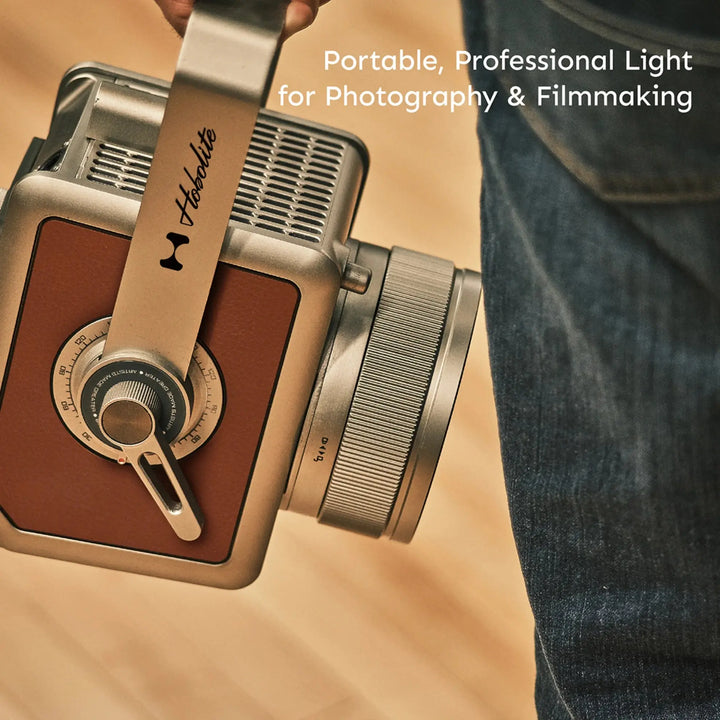
Understanding Studio Lighting Basics
At its core, studio lighting refers to the controlled use of light to illuminate subjects in a photography studio. The purpose of studio lighting is to create a desired mood or effect through the careful management of light quality, direction, and color temperature. Quality of light can range from harsh to soft, with soft light often preferred for portraiture because it minimizes shadows and provides a flattering look. The direction of light plays a crucial role in shaping the subject's features; for instance, side lighting can create depth, while frontal lighting flattens the appearance. Color temperature, measured in Kelvin, affects how warm or cool the light appears, impacting the overall tone of your photographs. Understanding these fundamentals will enable you to set the stage for stunning images.
Types of Studio Lighting Setups
There are several essential types of studio lighting setups that photographers commonly use. The key light is the main source of illumination and is typically positioned in front of the subject at a 45-degree angle. This light defines the subject's features and creates the primary exposure. The fill light is used to soften harsh shadows created by the key light, often placed at a lower intensity on the opposite side. Back light, or hair light, is positioned behind the subject to create a sense of depth and separation from the background. Lastly, hair light focuses specifically on illuminating the subject's hair, adding a beautiful glow that enhances the overall composition. Each of these lighting types serves a distinct purpose, and mastering their positioning will allow photographers to create dynamic and engaging images.
Natural Light vs. Artificial Light
When it comes to studio lighting, understanding the differences between natural and artificial light is essential. Natural light, emanating from windows or open spaces, can create beautiful, soft effects but is often unpredictable and varies throughout the day. Many photographers appreciate the organic quality of natural light, particularly for lifestyle or portrait photography. However, it can be challenging to control. On the other hand, artificial light allows for precise manipulation and consistency, making it ideal for studio work. While artificial lighting can sometimes lack the warmth and charm of natural light, the ability to adjust intensity and direction makes it a favorite among many photographers. Each type has its pros and cons, and the choice often depends on the desired outcome of the shoot.
Essential Lighting Techniques
To make the most of your studio lighting setup, understanding key lighting techniques is paramount. Rembrandt lighting, characterized by a small triangle of light on the cheek opposite the key light, adds drama and depth to portraits. This technique requires the key light to be positioned at a specific angle, typically around 45 degrees. Butterfly lighting, which casts a shadow under the nose resembling a butterfly, is achieved by placing the light directly in front and above the subject. This technique is particularly flattering for beauty shots. Loop lighting, created by placing the light slightly above and to the side of the subject, produces a small shadow under the nose and adds dimension to the face. Each technique can dramatically alter the mood and style of a photograph, and experimenting with these methods can lead to unique results.
Modifiers and Accessories
Modifiers play an essential role in studio lighting, as they help shape and control the quality of light. Softboxes create soft, diffused light that is perfect for portrait photography, while umbrellas can either diffuse or reflect light, depending on how they are positioned. Reflectors are handy for bouncing light back onto the subject, filling in shadows without introducing additional light sources. Choosing the right modifier depends on the shooting scenario; for instance, a softbox might be ideal for a close-up portrait, while an umbrella could work well for broader scenes. By incorporating these accessories into your lighting setup, you can enhance the quality of your images and achieve the desired effects more easily.
Mastering Studio Lighting for Stunning Photography
In this article, we’ve explored the fundamental aspects of studio lighting and its significance in photography. From understanding the basic types of lighting setups to mastering essential techniques and modifiers, each element plays a vital role in creating beautiful images. I encourage you to experiment with various studio lighting setups to discover what works best for your unique style. With practice and exploration, mastering studio lighting can significantly elevate your photography skills, enabling you to capture stunning images that resonate with your audience.
